Botrytis Blight - How to Control Gray Mold? 3 Effective Methods
Botrytis, commonly known as gray mold is a fungal disease affecting plants, vegetable and fruit plantations, and even ornamental shrubs. It can appear on indoor and outdoor plants - anywhere with too high humidity and temperatures. These are the perfect conditions for its development. Are you wondering how to deal with this phenomenon? It's not that difficult. Check what you should pay attention to. Learn the best botrytis treatment methods.

What is botrytis - gray mold?
Gray mold is a surprisingly common fungal disease. It is caused by a type of fungi - Botrytis cinerea. It appears if the conditions are favorable, and can wreak devastation among plants. If you notice the problem soon enough, you can quickly treat it using home remedies. But if it spreads too much, even chemical products might be ineffective.
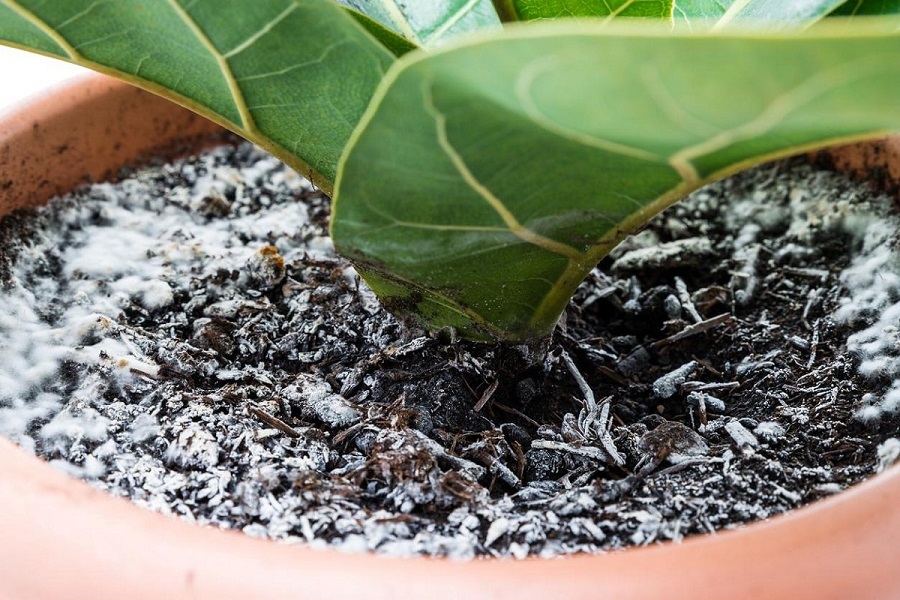
Botrytis blight - symptoms
Silvery, powdery sediment is the first symptom of gray mold. It typically appears on the soil around the plant. Sometimes, it spreads onto the leaves and stems as well. In time, they get infected, become brown and die back.
Botrytis blight on tomatoes and other vegetable or fruit crops looks similar. It infects the soil first, then spreads onto the green parts. Finally, it appears on the fruits as well - in such a case, they become inedible.

What are the causes of botrytis blight?
The first condition that should be met for gray mold to appear is very high humidity. Sometimes, a plant gets overwatered, and the problem occurs. Why? Because if you combine it with hot temperature and little sunlight, botrytis not only appears on the plant, but also develops rapidly. That’s why it’s so important to observe your plants or vegetable crops regularly.
Other elements which create hospitable conditions for fungal diseases include:
- wetting the entire plant during watering,
- insufficient fertility of the ground and lack of feeding,
- high soil density,
- elevated nitrogen levels in the soil,
- not disinfecting containers after previous plants,
- ignoring the rules of crop rotation.
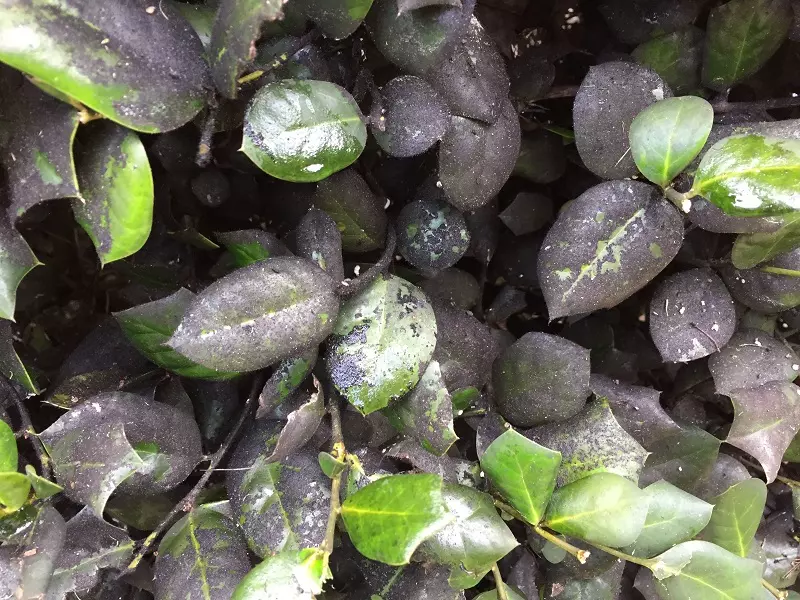
What plants are typically attacked by botrytis blight?
There is no preferred group that gray mold typically attacks. Botrytis can develop on green and ornamental plants, shrubs, but also on vegetables and fruits. That’s why it’s such a dangerous fungus, as it can basically attack the entire garden, as well as potted plants.
As a matter of fact, gardens usually contain plants that are very prone to gray mold if neglected.
- As for ornamental plants, botrytis often attacks roses. Sometimes, it infects lavender as well.
- When it comes to vegetables, gray mold is common in tomatoes and cucumbers.
- Fruits are also at risk - gray mold is a typical disease of grapes and strawberries, if they grow in high humidity, shade and elevated temperatures.
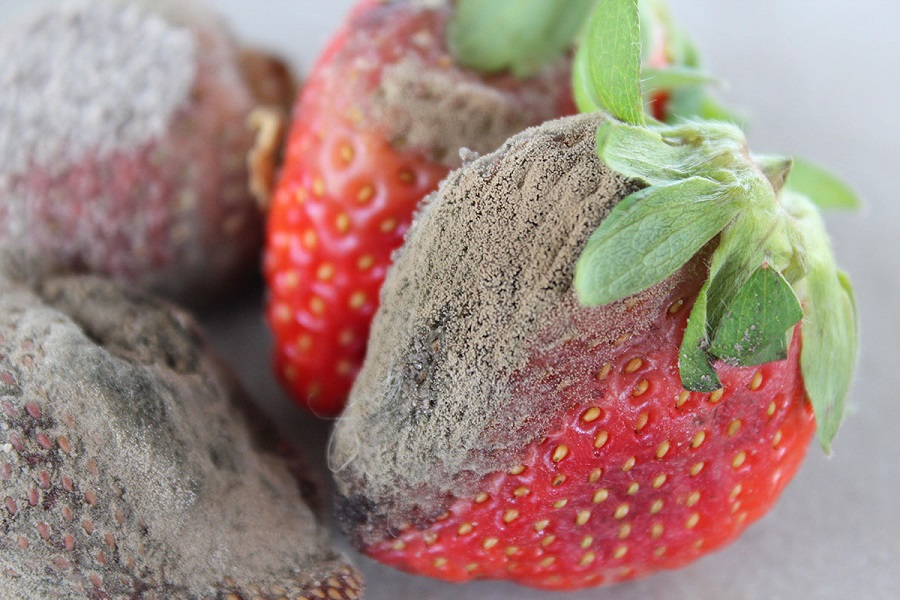
Is it difficult to remove botrytis blight?
Gray mold is difficult to remove, primarily because it spreads so quickly. If you don’t diagnose it in time, it might infect your entire garden. Time is essential in this unequal battle.
If you notice the symptoms are not extensive, use all possible home remedies. Methods with garlic and onions are popular. You probably have them at home, so they are your first aid, especially if it’s weekend, when gardening stores are closed. A homemade spray might be enough to cure the plants over the weekend. If you’re successful, make sure to continue spraying the plants as a preventive measure - to make sure the fungus doesn’t come back.
If you neglected your plants or crops in your garden, and gray mold has spread for good - use chemical products right away. You can purchase various types of fungicides in garden stores. They are usually designed for spraying onto plants and the soil they grow in.
Some experts suggest moving the plant into new, fertile and permeable soil right after the initial treatment. But this advice applies to plants growing in containers only. It’s hard to imagine replanting tomato or strawberry shrubs growing in the garden. As for such plants, just make sure they receive enough nutrients necessary for growth.

Botrytis treatment - can you prevent gray mold?
It is possible to prevent botrytis blight from appearing. Make sure to follow certain rules concerning watering the plants. Don’t pour water over leaves and stems. Pour it directly into the soil, and don’t overdo it - to avoid retention.
Controlling the condition of the plant regularly is crucial as well. If any leaf or smaller stems wither, make sure to remove them immediately. Otherwise, they might rot and attract mold.
Onion juice against botrytis blight
Onion juice is a perfect remedy against gray mold, if it hasn’t attacked the majority of the plant yet. In such a case, homemade solutions work great, and you don’t have to use artificial chemicals.
You can prepare onion juice easily. Just take 4-5 large onions, peel them and chop into half-moons. Put them in a large container and pour 10-12 liters of boiling water over them. Leave the mixture for 6-10 hours. The juice is ready to use afterwards. Use it to spray the affected plants.
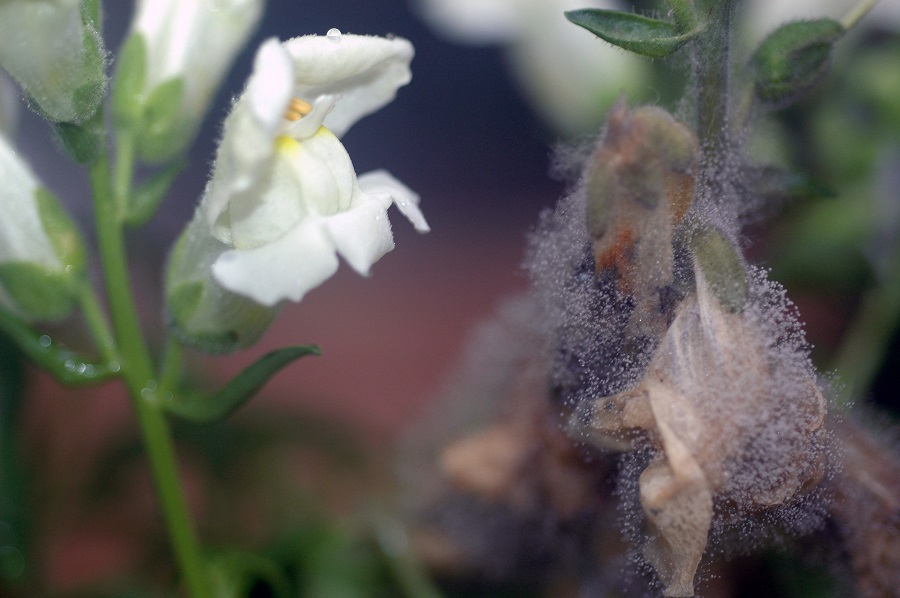
Garlic elixir for gray mold
Garlic, just like onions, is perfect for plant protection. It’s quite strong, so make sure to use only diluted mixtures. Interestingly enough, garlic elixir is great not only against botrytis, but also dangers such as:
- aphids,
- mites,
- thrips,
- rust,
- mildew,
- spider mites,
- spots on leaves,
- bacterial diseases.
Preparing the mixture is easy. Just take 90-100 grams of garlic, peel the cloves, grind or chop them and pour 2 liters of water over them. Mix the elixir with water to make a spray, a 1:1 proportion should work.
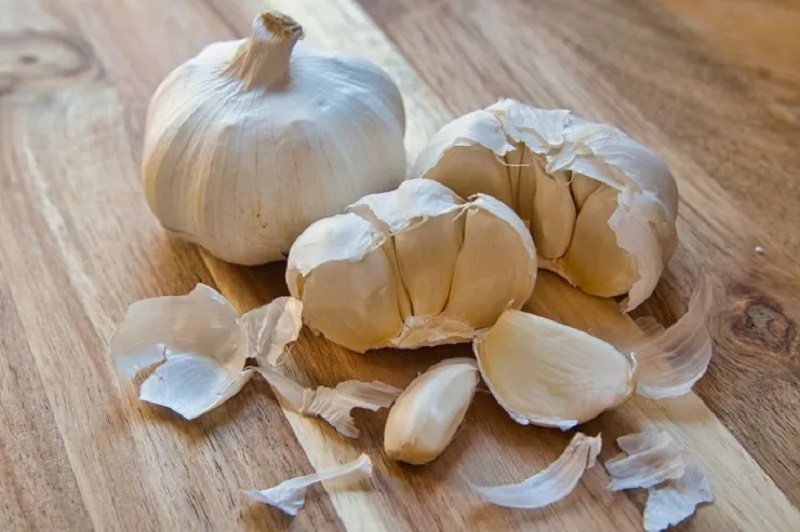
Chemical methods against botrytis blight
If you notice the disease spreads too quickly and home remedies didn’t work, using chemical products is necessary. You can buy them in any gardening store. They come in various forms. Liquids are the most effective. If you ask the shop assistant for help - they will surely tell you what to pick.
📍 What does gray mold look like?
Gray mold appears on plants - both stems and leaves, and it looks like a delicate gray powder. At first, it's barely noticeable. It quickly develops and attacks the entire plant. If nothing gets done about it, it might cause permanent damage.
📍 How to get rid of botrytis blight?
Gray mold can be eliminated using homemade remedies. Onion and garlic sprays are the most effective. If they don't bring visible and quick results, chemical fungicides are necessary.
📍 When to spray grapes for gray mold?
Grapes should be treated against botrytis blight as a preventive measure, so the disease doesn't take over the plant. According to experts, the plants should be sprayed before the vegetation season. Perform them until the harvest period.
📍 What does gray mold look like on tomatoes?
Botrytis on tomatoes looks just like on other plants. It's a gray deposit which resembles powder. The difference is that gray mold can attack not only leaves and stems, but also fruits.
Featured articles




